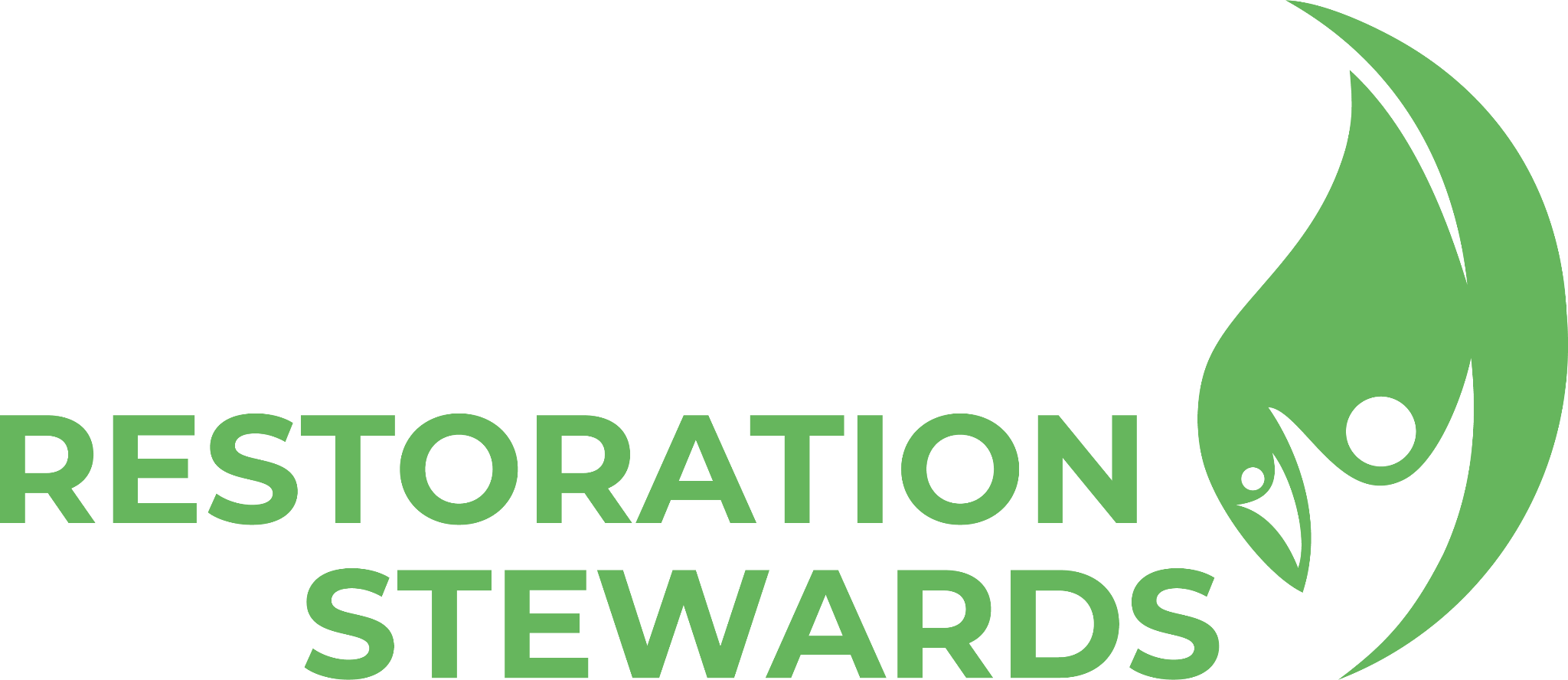How we built our own eco-village
When I began my conservation and restoration efforts in October 2020, one of my long-term visions was creating a space to host both a learning area and a greenhouse. Under LOAH (Light On A Hill Organization), this combination would enhance both theoretical and practical learning.
The theoretical side would involve partnering with academics, such as environmentalists, agriculturalists and a soil scientist (my mentor Khalil will come in handy), to educate our participants on different dynamics of conservation and restoration and their effects on our daily living and biodiversity as a whole. We would also have sessions of watching documentaries related to conservation and restoration and sessions of storytelling and essay writing.
Our practical learning would entail activities such as seed collection, propagation, nurturing seedling growth, creating art from recycled waste such as glass and plastics, and planting and growing tree seedlings. All of these activities will be aimed at restoring and conserving our forests, environment and biodiversity.
A year and a half later, our dream is now coming to life thanks to the GLF Restoration Steward’s funding and Mama Day School, which has been a close partner and was also gracious enough to donate a piece of land to our initiative.



On 20 June, the project officially broke ground, starting with landscaping. Next came the construction of the learning area and greenhouse, whose designs were greatly inspired by my love for art and culture. We settled for a purely eco-friendly learning area that used locally available materials that our fore parents used. These materials include: soil, volcanic rocks, tree branches, ash, cow dung and grass.



The journey so far has been beautiful as it has sparked so much learning for me and the children I mentor. It has also created beautiful memories for older generations in the community as they witness our Meru culture slowly coming back to life. The whole process has been communal, involving men, women, youth and children. Moreover, it has economically empowered some families through cash for work.
However, the journey has come along with a few bumps. For instance, some of the materials used for construction, such as grass, ash and cow dung, were not easy to find due to the ongoing drought, which has left most of the grass fed by livestock and limited cow dung since most families have disposed of their cattle. The decrease in use of firewood in households has limited the availability of ash. The cost of living has also skyrocketed, which has slowed our progress since we have had to adjust our activities. On top of that, leadership by a young woman is still not very welcome in our patriarchal society, and it was not always easy working with older generations, mainly men, as my opinions and instructions were not always taken seriously.



The highs and the lows make any journey worthwhile, and despite all the challenges, we are so happy with how far we’ve come and how much further we are headed.
Every dream is valid and achievable 🙂















